Most Ancient Temples Around The World
Introduction:
ancient temples stand as enduring symbols of devotion, spirituality, and architectural brilliance. Scattered across diverse landscapes and civilizations, these sanctuaries of worship have witnessed the rise and fall of empires, the ebb and flow of cultures, and the quiet persistence of faith through the ages. Each ancient temple is a testament to the craftsmanship and ingenuity of its creators, reflecting the cultural, religious, and artistic nuances of the societies that gave them life.
Angkor Wat, Cambodia:
Location: Siem Reap, Cambodia.
Angkor Wat is the largest religious monument globally, originally constructed in the 12th century by King Suryavarman II. Initially dedicated to the Hindu god Vishnu, it later became a Buddhist temple. The temple complex covers over 400 acres and is renowned for its intricate bas-reliefs, towers, and the vast moat surrounding it. Angkor Wat is a UNESCO World Heritage Site and a symbol of Cambodia, appearing on its national flag.
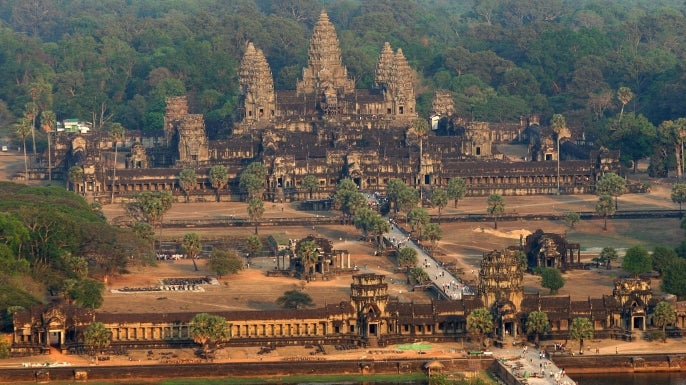
Konark Sun Temple, India:
Location: Konark, Odisha, India.
Important Fact: The Konark Sun Temple is a 13th-century temple dedicated to the Hindu sun god Surya. Designed in the shape of a colossal chariot with twelve pairs of wheels, drawn by seven horses, the temple is renowned for its intricate stone carvings and architectural grandeur. The temple complex is designed in such a way that the wheels of the chariot serve as sundials. The erotic sculptures on the temple walls depict various aspects of human life and are considered a unique feature of the temple. Over time, the temple suffered damage, and significant portions are now in ruins. However, it remains a UNESCO World Heritage Site and a testament to the architectural and artistic achievements of medieval India.
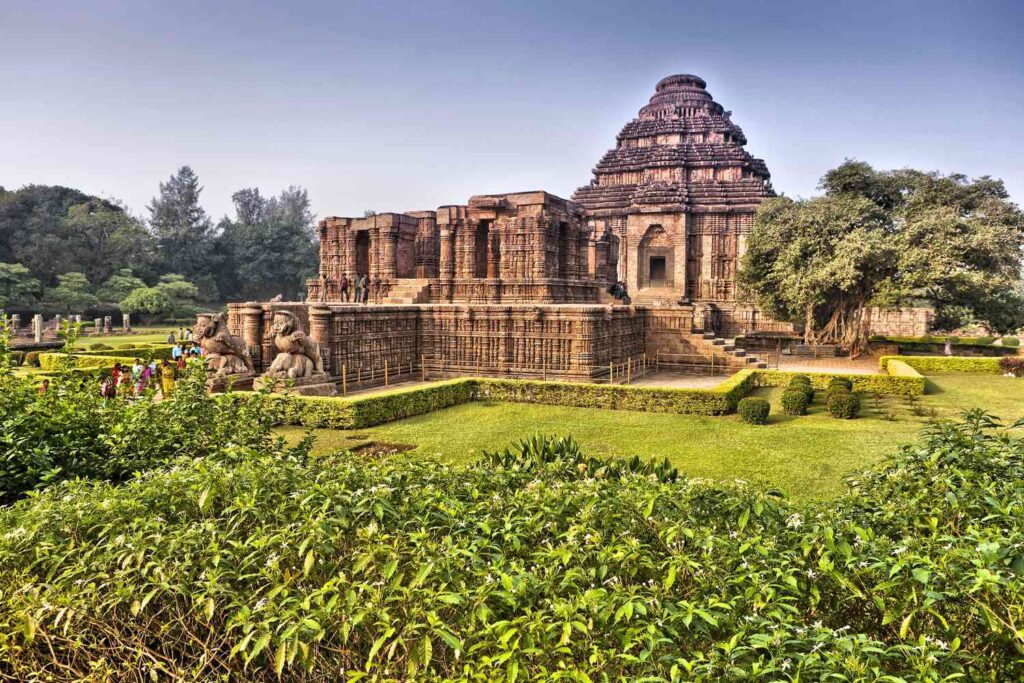
Karnak Temple, Egypt:
Location: Luxor, Egypt.
Important Fact: Karnak is a vast temple complex dedicated primarily to the worship of the god Amun, but it also honors several other deities. It is considered the largest ancient religious site in the world. Construction of the complex spanned over many pharaohs, starting from the Middle Kingdom through to the Ptolemaic period. The site includes the Great Temple of Amun, the Precinct of Mut, the Precinct of Montu, and the Temple of Amenhotep IV (Akhenaten). The Hypostyle Hall within the complex is particularly impressive, featuring a forest of massive columns. Karnak is a UNESCO World Heritage Site and a significant archaeological and religious site in Egypt.
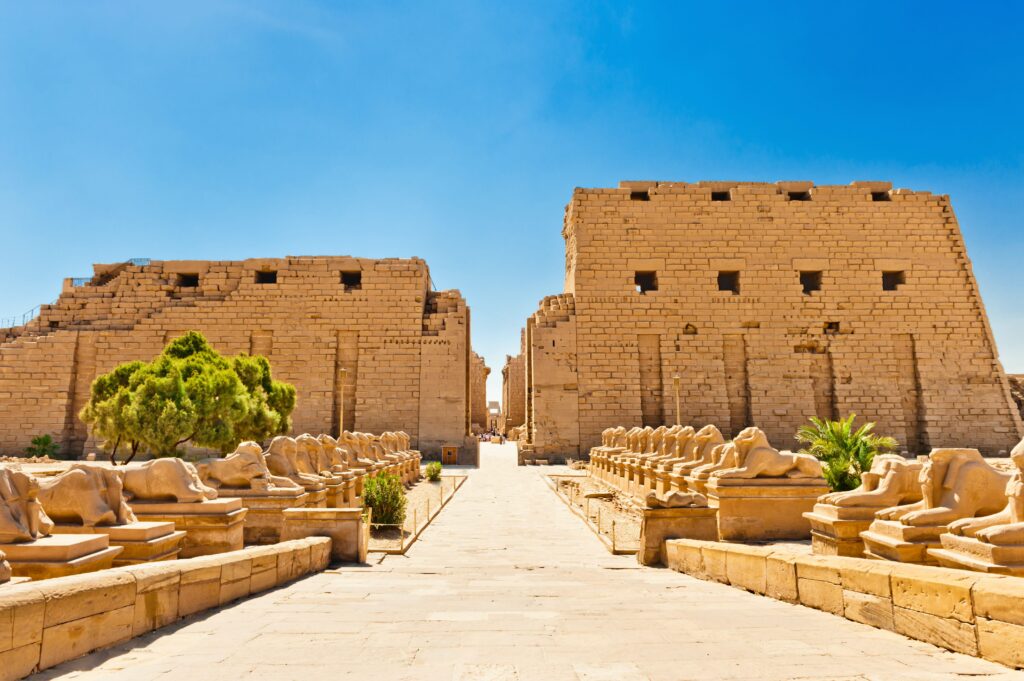
Parthenon, Greece:
Location: Athens, Greece.
The Parthenon is a temple dedicated to the goddess Athena, the patroness of the city of Athens. Constructed in the 5th century BCE, it is considered a masterpiece of classical Greek architecture. The temple is part of the Acropolis, a rocky hill overlooking Athens. The Parthenon is characterized by its Doric columns, friezes depicting mythical scenes, and a monumental statue of Athena inside. Over the centuries, the Parthenon has served various purposes, from a temple to a church and later as a mosque during the Ottoman era. Despite damage over time, it remains an enduring symbol of ancient Greek civilization. The Parthenon is a UNESCO World Heritage Site.

Borobudur, Indonesia:
Location: Magelang, Central Java, Indonesia.
Borobudur is the world’s largest Buddhist temple, built in the 9th century during the Sailendra dynasty. The temple is situated on a hill and consists of nine stacked platforms, topped by a central dome. It is adorned with 2,672 relief panels and 504 Buddha statues. Borobudur is designed in the form of a mandala, representing Buddhist cosmology. Pilgrims follow a path around the monument, ascending through three levels of Buddhist cosmology, from the world of desire to the world of form and finally to the formless world. The temple was abandoned and hidden for centuries under volcanic ash before being rediscovered in the 19th century. Borobudur is a UNESCO World Heritage Site and a major pilgrimage destination for Buddhists.
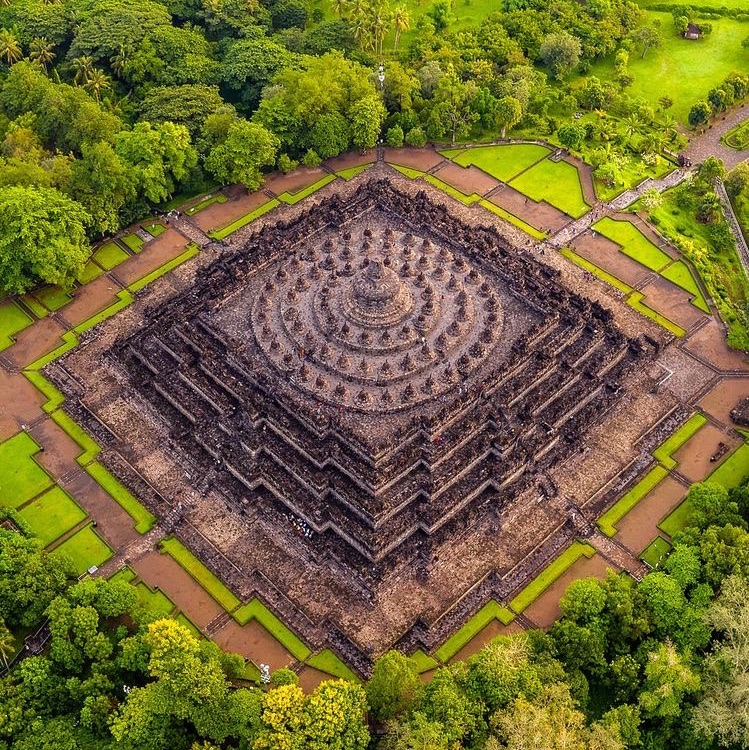
Tiger’s Nest Monastery (Paro Taktsang), Bhutan:
Location: Paro Valley, Bhutan.
Important Fact: Tiger’s Nest Monastery, locally known as Paro Taktsang, is a prominent Buddhist sacred site perched on a cliff in the Paro Valley. Legend has it that Guru Padmasambhava, known as the Second Buddha, meditated in a cave at this site for three years, three months, three weeks, and three days in the 8th century. The monastery complex consists of four main temples and several dwellings, interconnected by stairways and bridges. The name “Tiger’s Nest” comes from the legend that Guru Rinpoche flew to the site on the back of a tigress. The trek to Tiger’s Nest is challenging but rewarding, offering stunning views of the monastery and the surrounding landscape. It is one of Bhutan’s most iconic and sacred sites, attracting pilgrims and visitors from around the world.
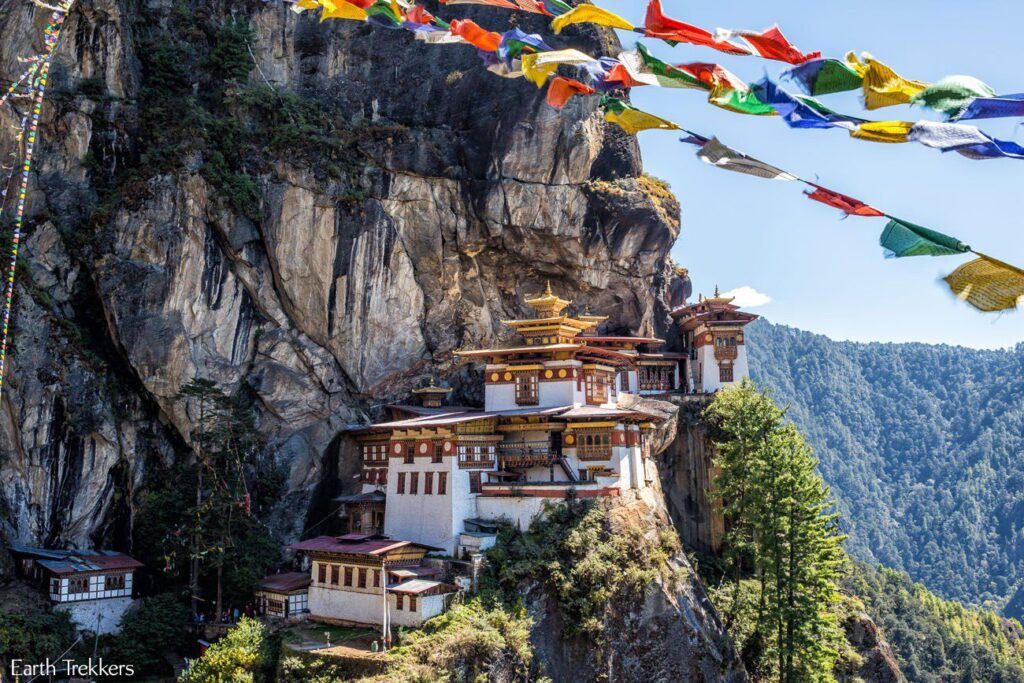
Temple of Karni Mata, India:
Location: Deshnoke, Rajasthan, India.
Important Fact: Also known as the “Rat Temple” or “Karni Mata Temple,” this Hindu temple is dedicated to Karni Mata, a revered 15th-century mystic and incarnation of the goddess Durga. What makes this temple unique is the presence of thousands of rats, considered sacred and known as “kabbas,” that freely roam the temple complex. Devotees believe that these rats are incarnations of Karni Mata and her followers. The presence of rats is considered a divine phenomenon, and devotees believe it brings good luck to see a white rat, which is considered especially auspicious. The temple architecture itself is intricately designed and reflects the cultural and religious significance of the region. The Temple of Karni Mata attracts visitors and devotees alike from various parts of the world.

Shwedagon Pagoda, Myanmar:
Location: Yangon, Myanmar.
Important Fact: The Shwedagon Pagoda is one of the most sacred Buddhist pagodas in the world. It is located atop Singuttara Hill and dominates the skyline of Yangon. The pagoda is believed to enshrine strands of hair and other relics of Gautama Buddha. The central stupa, covered in gold leaf and adorned with diamonds and other precious stones, rises to a height of over 99 meters (325 feet). Surrounding the stupa are numerous smaller stupas, statues, and pavilions. The pagoda is a significant pilgrimage site for Buddhists and a cultural icon in Myanmar. Legend has it that the Shwedagon Pagoda has existed for more than 2,600 years, making it one of the oldest pagodas in the world. The Shwedagon Pagoda is not only a religious site but also a symbol of national pride and identity.
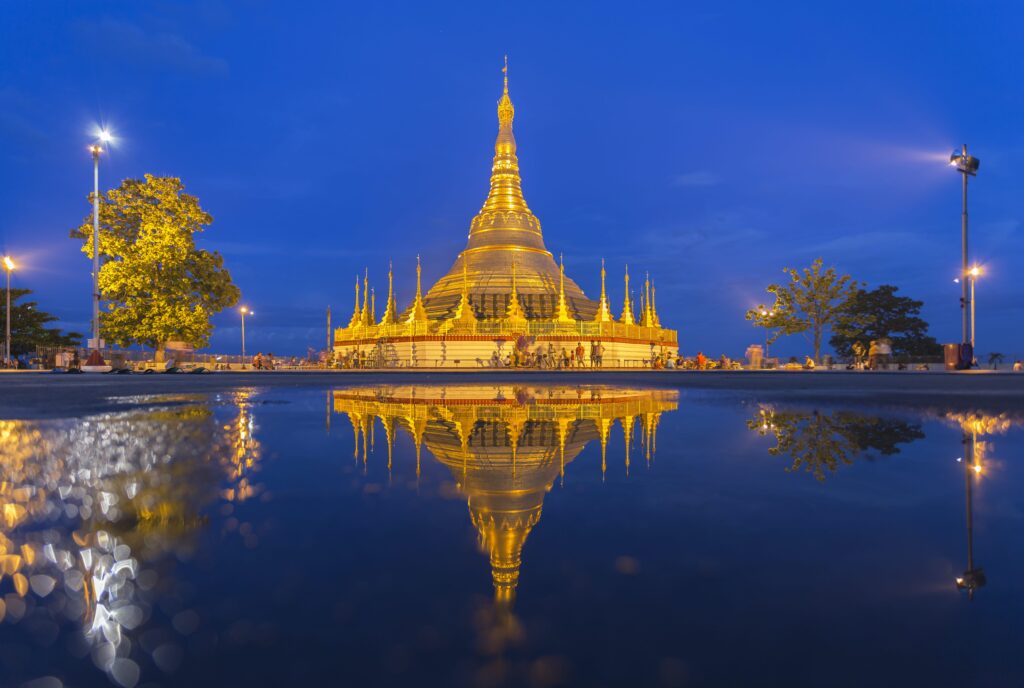
Chichen Itza, Mexico:
Location: Yucatan, Mexico.
Important Fact: Chichen Itza is a large pre-Columbian archaeological site built by the Maya civilization. It reached its peak between the 7th and 10th centuries AD. The site is renowned for its architectural and cultural significance, featuring a variety of structures such as the Pyramid of Kukulcan, the Temple of the Warriors, the Great Ball Court, and the Observatory. The Pyramid of Kukulcan, also known as El Castillo, is a stepped pyramid with 365 steps, symbolizing the days of the solar year. During the spring and fall equinoxes, the sunlight creates a shadow play that resembles a serpent descending the staircase. Chichen Itza is a UNESCO World Heritage Site and one of the New Seven Wonders of the World, attracting millions of visitors each year. The site represents a blend of Maya and Toltec architectural styles and reflects the cultural and religious practices of the ancient Mesoamerican civilizations.

Temples of Bagan, Myanmar:
Location: Bagan, Myanmar.
Important Fact: The Temples of Bagan constitute an ancient city that was the capital of the Kingdom of Pagan, the first kingdom to unify the regions that would later become Myanmar. Bagan is known for its vast archaeological site dotted with thousands of temples, pagodas, and stupas. The majority of these structures were built between the 11th and 13th centuries. The site includes well-preserved and partially restored temples, each showcasing unique architectural styles and artistic details. Notable temples include Ananda Temple, Dhammayangyi Temple, and Shwezigon Pagoda. The Bagan Archaeological Zone is a UNESCO World Heritage Site and offers a remarkable landscape with panoramic views of the temples and the Ayeyarwady River. Bagan stands as a testament to the rich cultural and religious history of Myanmar.

These are some few examples of ancient temples around world. These temples not only represent architectural marvels but also hold cultural, historical, and religious significance in their respective regions.